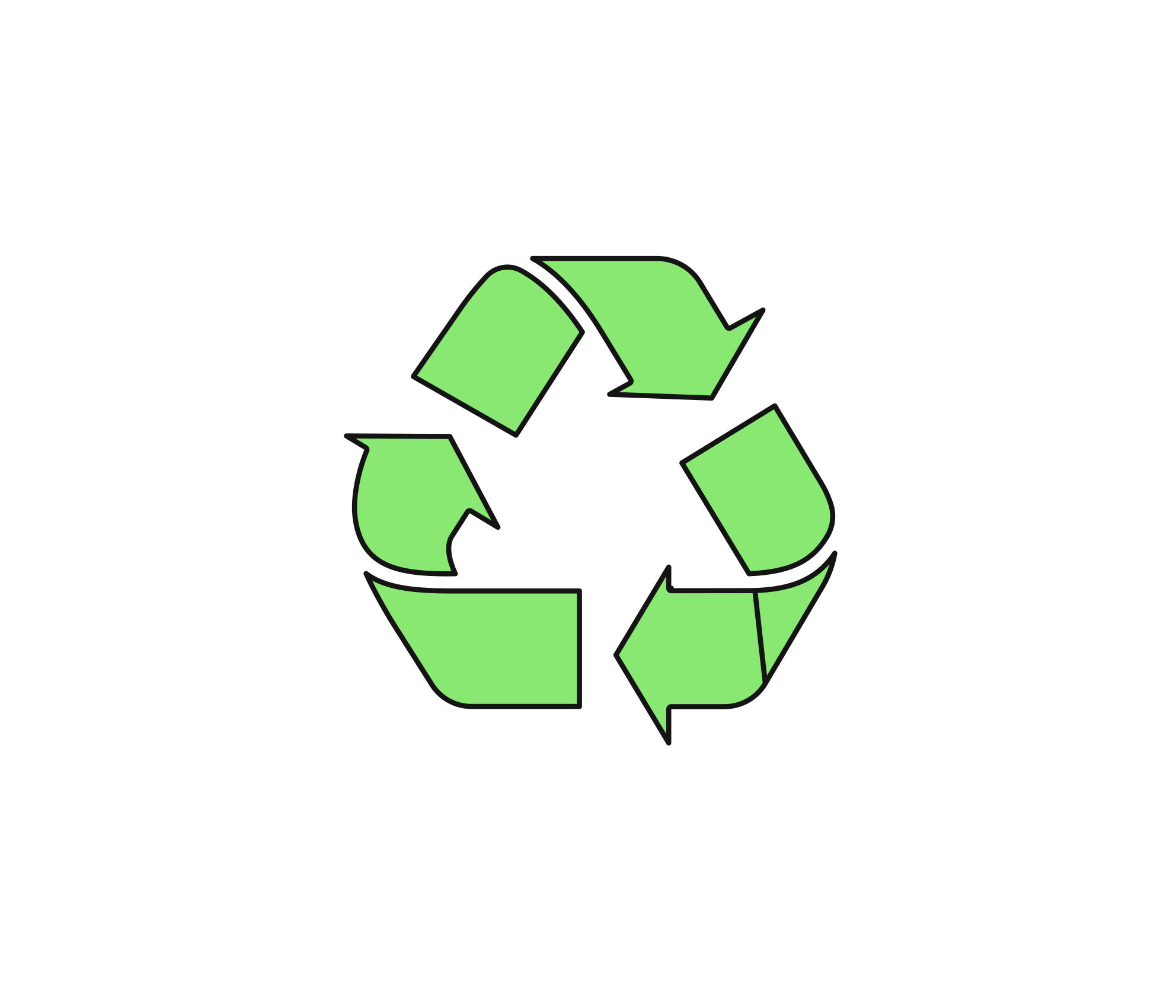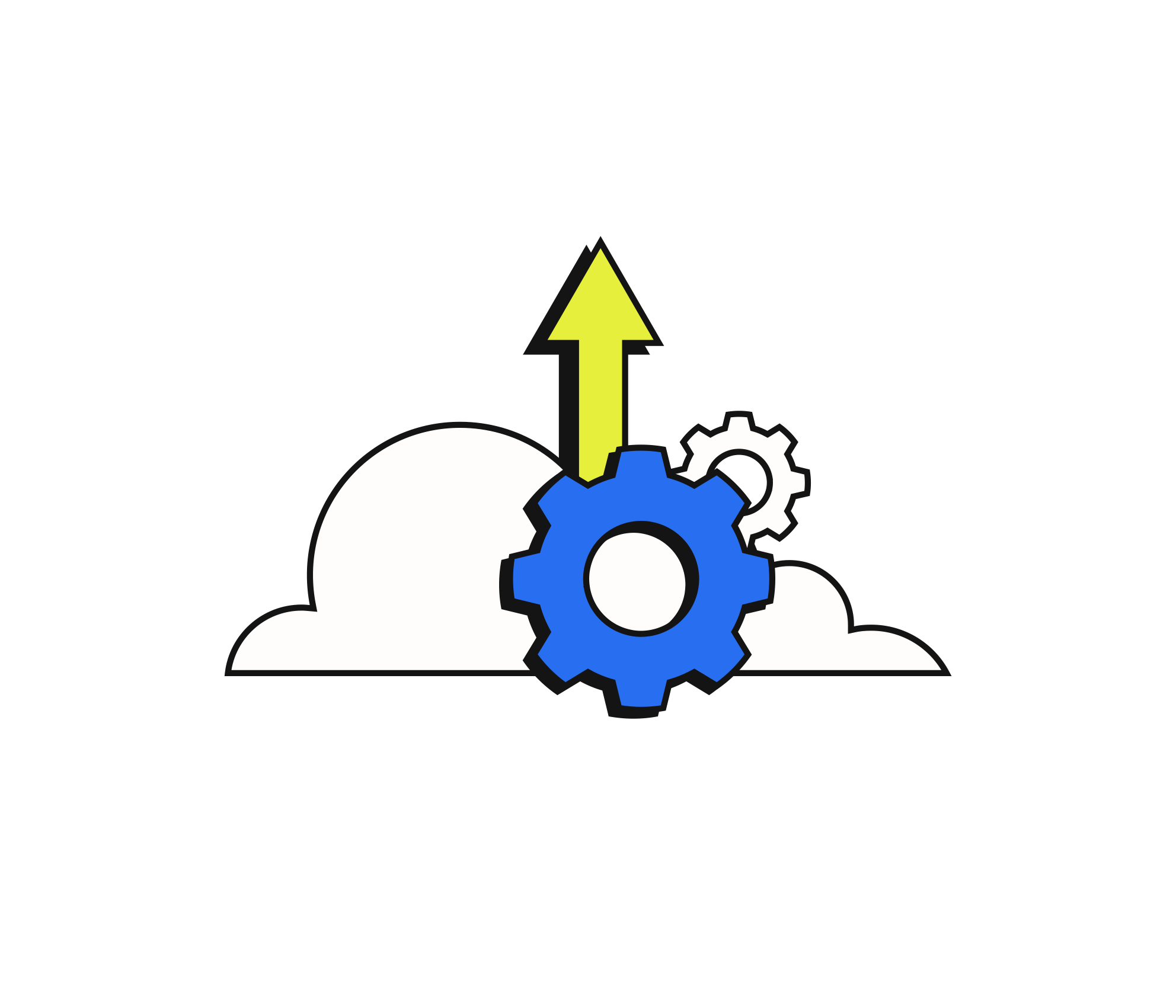

The refurbishment of IT hardware refers to the professional processing and reuse of used IT devices such as notebooks, PCs, servers, tablets or smartphones. The aim is to make these devices operational again after a thorough inspection and overhaul, thus extending their service life. This not only contributes to cost efficiency, but also to sustainability and resource conservation.
01 –
Evaluation
Used equipment is first inspected and evaluated. It is determined whether the hardware is still functional or whether certain components need to be replaced or repaired.

– 02
Data
An essential step in the refurbishment process is the secure deletion of all data on the storage media. This is done using BSI certified software solutions to comply with data protection guidelines such as the GDPR. This ensures that no sensitive information is left behind.

03 –
Repair and upgrade
Defective or outdated components are replaced to optimize the performance of the equipment. Typical upgrades include:
- Replacing the hard drive with modern SSDs to improve speed.
- Increase your RAM for better performance.
- Replacing batteries in laptops or mobile devices.
- operating system upgrade

– 04
Cleaning and preparation
The devices are thoroughly cleaned inside and out. This includes physical cleaning (e.g. removing dust and dirt) as well as polishing and repairing external wear and tear to make the equipment visually appealing.

05 –
Functional tests and quality control
After the overhaul, the devices undergo extensive functional tests. This involves checking performance, identifying errors and correcting them. The devices often receive warranty certificates that confirm their functionality.

– 06
Remarketing and deployment
After completion of the refurbishment process, the devices are returned to the market. They can be purchased by companies or private individuals at a significantly lower price than new devices, without having to make major compromises in terms of performance and reliability.

Advantages
of Refurbished IT Hardware

Cost savings
Refurbished devices are significantly cheaper than new IT hardware, but often offer comparable performance. Companies and private individuals benefit from an economical, cheaper alternative to new purchases.

Sustainability and resource conservations
Refurbishment makes an important contribution to reducing electronic waste. By reusing devices, valuable raw materials such as metals and plastics are saved. The ecological footprint is reduced because fewer new devices are produced and fewer materials have to be disposed of.

Extending the service life
Many IT devices have the potential to be used for significantly longer than they often do. Refurbishment and remarketing extend the service life, which makes sense both ecologically and economically.

Quality and reliability
Professionally reconditioned devices undergo strict quality controls, which ensures their reliability. Additional guarantee periods provide investment security.
Meeting IT requirements
For many tasks the latest hardware is not essential. Refurbished devices often meet all requirements for standard applications in offices, schools or for private users.

Refurbishment
in the Corporate Context
For companies like ALSO Recommerce, refurbishment represents an attractive opportunity to reduce IT costs for their customers while operating more sustainably. Refurbished hardware is ideal for equipping workplaces, training rooms or remote work environments. Refurbished IT hardware also plays an important role in leasing models or managed IT services, as it can significantly reduce the total cost of ownership (TCO).
The refurbishment of IT hardware combines economic and ecological advantages: it enables cost savings, reduces electronic waste and extends the useful life of valuable resources. At a time when sustainability is becoming increasingly important, the use of refurbished hardware offers a responsible and efficient solution for companies and private individuals.



